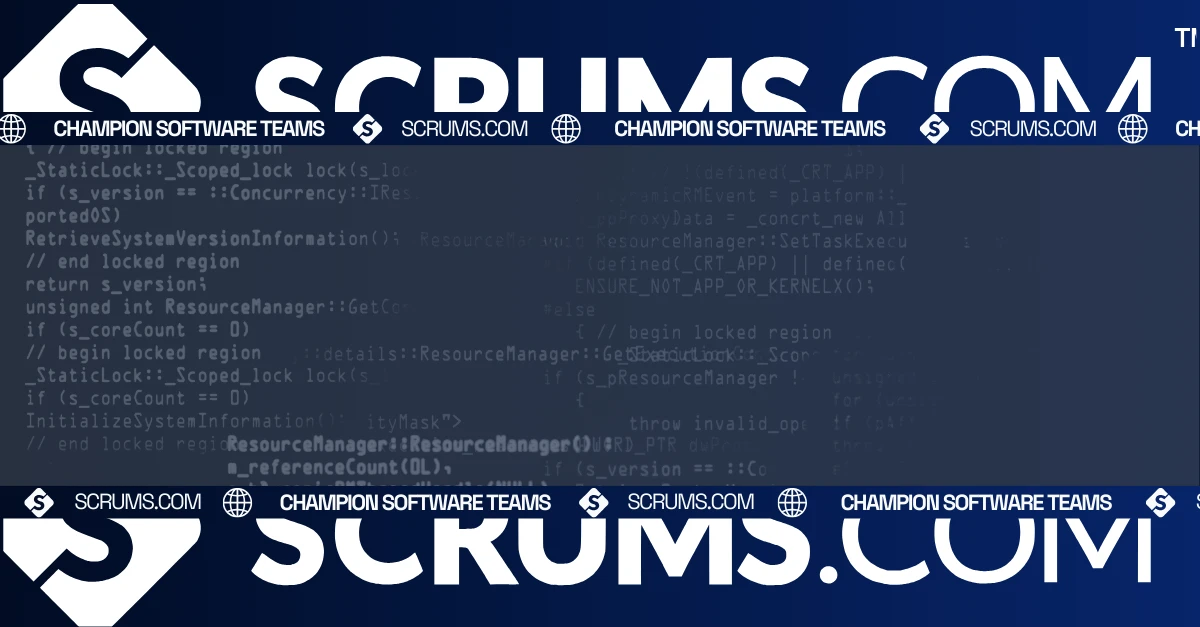GitHub: Streamline Code Collaboration and Version Control
Introduction to GitHub
GitHub is a leading platform for developers and businesses to manage code, collaborate on projects, and streamline version control. As an integral part of software development, GitHub enables teams to work together efficiently, track code changes, and maintain project transparency. Whether you're a startup or a large enterprise, GitHub offers robust solutions for software development companies looking to improve collaboration and workflow.
What is GitHub?
GitHub, launched in 2008, is a web-based platform built around Git, a version control system created by Linus Torvalds. GitHub allows developers to host, review, and manage code in a collaborative environment. Its core functionality lies in version control, where it tracks every change made to a codebase, allowing teams to collaborate, contribute, and roll back changes when necessary. Over time, GitHub has evolved into a comprehensive platform that includes GitHub Desktop, project management features, automation workflows, and integrations with popular development tools.
GitHub is effective in any environment that requires consistent collaboration and code management, particularly in large-scale software projects, open-source initiatives, and DevOps workflows.
Core Features and Functionalities
- Version Control: GitHub’s primary function is to track and manage changes to codebases, ensuring that all changes are recorded and can be easily reverted if needed.
- GitHub Desktop: Provides a user-friendly interface to manage repositories locally and streamline workflows without the need for command-line usage.
- Pull Requests and Code Reviews: GitHub enables seamless collaboration through pull requests, allowing team members to review, discuss, and merge code changes.
- Issue Tracking: Provides a system for tracking bugs, feature requests, and other tasks, keeping projects organized and teams informed.
- Continuous Integration and Automation: GitHub Actions automates testing, building, and deployment processes directly within the platform.
- Project Management Tools: GitHub offers tools like Projects and Milestones to manage tasks, track progress, and streamline agile workflows.
- Integration with Popular Tools: GitHub integrates with a wide range of third-party tools like Jenkins, Docker, AWS, and Microsoft Azure, enabling seamless DevOps practices.
- Security and Access Controls: Provides fine-grained access controls, branch protection, and security features like vulnerability alerts and automated security fixes.
Benefits for Businesses and Development Teams
For Businesses:
- Increased Collaboration and Transparency: GitHub allows teams to collaborate from anywhere, improving communication, visibility, and project transparency.
- Faster Development Cycles: With GitHub's version control and automation tools, businesses can accelerate development, reduce bottlenecks, and release software more quickly.
- Cost Efficiency: Automating workflows through GitHub Actions reduces the need for manual intervention, lowering costs related to testing and deployment.
- Enhanced Security: GitHub's built-in security features, including vulnerability alerts and code scanning, ensure that businesses can detect and address security risks before deployment.
For Developers:
- Ease of Use: GitHub Desktop simplifies version control with an intuitive interface, eliminating the need for command-line interactions and making it accessible to new developers.
- Integration with DevOps Tools: GitHub seamlessly integrates with CI/CD tools, making it easy for developers to automate testing, building, and deployment.
- Advanced Code Collaboration: GitHub’s pull requests and code review features allow for structured, peer-reviewed code changes, enhancing code quality and consistency.
- Support for Open Source Contributions: GitHub has a vibrant open-source community where developers can contribute to or fork existing projects, enhancing skills and building reputations.
Use Cases and Applications
GitHub is widely used across a range of industries and development environments:
- Version Control and Code Collaboration: GitHub’s primary use case is managing source code and collaborating across distributed teams, ensuring clear version history and preventing conflicts.
- DevOps Workflows: With GitHub Actions, teams can automate deployment pipelines, run tests, and manage integrations with third-party services like AWS, Docker, and Jenkins.
- Open-Source Contributions: GitHub is the largest platform for open-source software, where developers contribute to or create public repositories for collaborative software development.
Industry-Specific Examples:
- Fintech: GitHub is used to manage source code for financial applications, ensuring secure version control and fast feature delivery through continuous integration.
- Healthcare: In healthcare, GitHub helps developers manage patient information systems and critical healthcare software, ensuring reliability and compliance.
- E-commerce: E-commerce platforms rely on GitHub to manage code, collaborate on features, and ensure that their platforms are up-to-date with the latest security and performance features.
Integration Capabilities and Ecosystem
GitHub’s ecosystem is built to integrate seamlessly with a wide range of tools, enhancing its capabilities:
- CI/CD Integration: GitHub integrates with Jenkins, CircleCI, and Travis CI, enabling continuous integration and continuous delivery workflows.
- Cloud Platforms: Easily integrates with AWS, Microsoft Azure, and Google Cloud for automated cloud deployment.
- Development Tools: Works with popular development tools like Docker and Kubernetes for containerization and orchestration.
- API and Webhooks: GitHub provides extensive API access and webhook capabilities, enabling custom integrations with virtually any tool or service.
- Extensions: GitHub’s marketplace offers numerous extensions and integrations for workflow management, code scanning, and security monitoring.
Comparison with Alternatives
GitHub is often compared to platforms like GitLab, Bitbucket, and SourceForge:
- Pros: GitHub’s large user base, ease of use, extensive integrations, and GitHub Actions for CI/CD make it a go-to choice for developers and businesses.
- Cons: For teams seeking self-hosted solutions, GitHub may be less ideal compared to alternatives like GitLab.
- Cost Considerations: GitHub offers a free tier, but businesses may opt for paid plans that provide additional features such as advanced security, analytics, and team management.
- When to Choose GitHub: Choose GitHub if your team prioritizes collaboration, automation, and access to a vibrant developer community, particularly for cloud-based or open-source projects.
Getting Started with GitHub
Here’s a step-by-step guide for business decision-makers and developers:
- Create a GitHub Account: Set up a GitHub account and create or import repositories to begin managing code.
- Install GitHub Desktop: Download and install GitHub Desktop to manage repositories, track changes, and collaborate easily.
- Configure Repositories: Set up repositories, define branch protection rules, and manage access controls to ensure code quality and security.
- Collaborate Through Pull Requests: Use pull requests and code reviews to streamline collaboration, ensuring that all code changes are reviewed and approved before merging.
- Automate Workflows: Leverage GitHub Actions to automate testing, building, and deployment for faster, more efficient development cycles.
- Monitor Security: Use GitHub’s built-in security features, such as vulnerability alerts, to stay informed of potential risks in your codebase.
Refer to GitHub documentation for tutorials, guides, and community support.
Related Tools and Resources
- GitHub vs. GitLab: Compare the features, benefits, and use cases of GitHub and GitLab for code collaboration and version control.
- Best Practices for Using GitHub Actions: Learn how to optimize your CI/CD pipeline using GitHub Actions for automation.
- Integrating GitHub with AWS: A guide to using GitHub for cloud deployments and automating workflows with AWS.
- GitHub Documentation: GitHub Docs for comprehensive tutorials and guides.
FAQs
We've got you covered, these are some common questions we receive. Not seeing the answer to something?...
GitHub offers free accounts with public repositories, as well as paid plans for private repositories and advanced features.
GitHub enhances collaboration, version control, and automation, leading to faster development cycles and improved software quality.
Yes, GitHub integrates seamlessly with popular CI/CD tools like Jenkins, Travis CI, and CircleCI for continuous testing and deployment.
Yes, GitHub Desktop simplifies version control with a user-friendly interface, making it easy for beginners to manage repositories without command-line usage.
GitHub provides security alerts, branch protection, and automatic vulnerability scanning to keep your code secure.
The GitHub community offers extensive documentation, forums, and support channels for developers and teams.
Explore Software Development Blogs
The most recent trends and insights to expand your software development knowledge.




